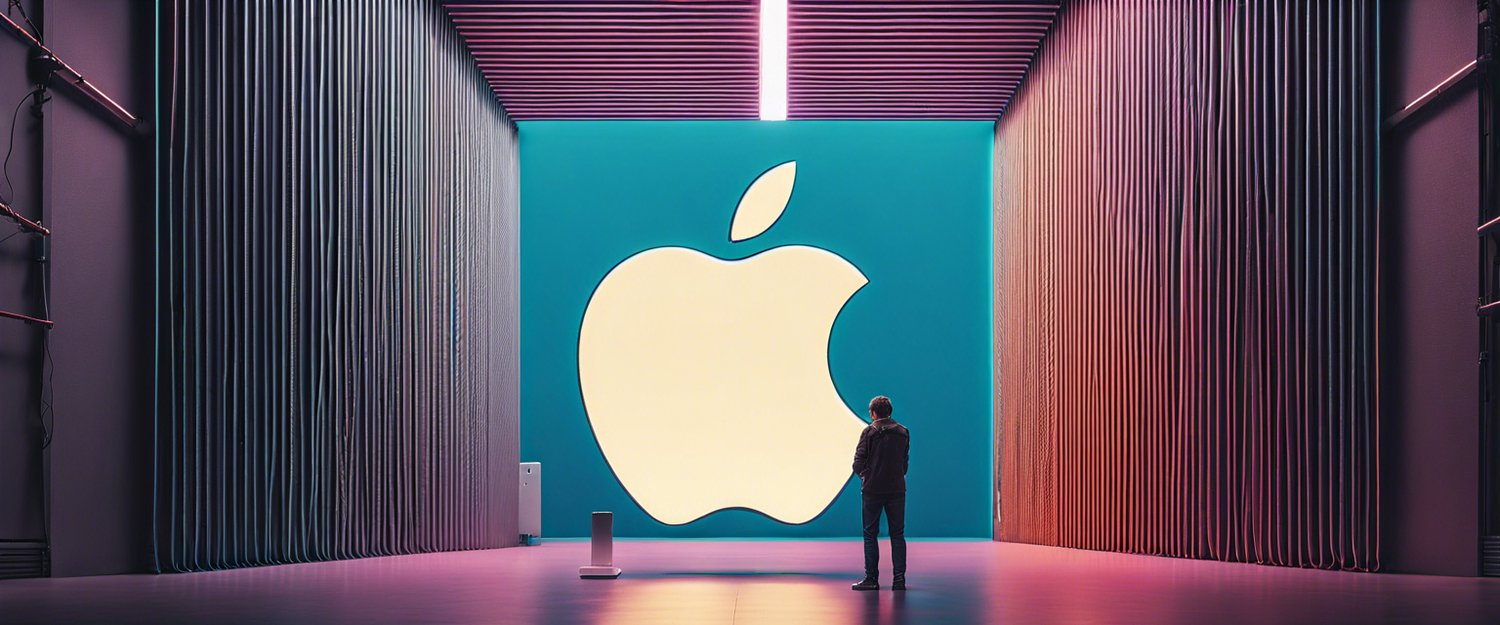Apple's Farewell to Lightning: A New Era of USB-C in the EU
In a significant shift towards sustainability and uniformity, Apple has officially stopped the sale of its iPhone SE and iPhone 14 series in Europe. These were the last models equipped with the company's proprietary Lightning charging port, marking a pivotal change in Apple's charging technology approach in response to new European Union regulations.
Understanding the EU's Directive 2022/2380
The EU introduced Directive 2022/2380, which aims to establish a common charging solution for electronic devices, focusing primarily on the USB-C connection. This regulation is set to go into effect starting today, December 28th, 2024, and it serves two main purposes:
- To reduce electronic waste (e-waste) significantly;
- To eliminate market fragmentation by standardizing charging ports across devices.
Devices Affected by the Directive
According to a recent spot check by The Verge, the iPhone SE, iPhone 14, iPhone 14 Plus, and even the Lightning-based Magic Keyboard have been removed from stores across several European countries, including the Netherlands, France, and Germany. However, these devices remain available for purchase in the US and other markets outside of the EU.
The Future: What to Expect from Apple?
Rumors suggest that Apple is working on a new iPhone SE model, set to launch in 2025, that will feature a USB-C charging port along with other enhancements such as an OLED display. This seems to be a strategic response to comply with the EU's regulations and meet consumer expectations for modern technology standards.
Key Aspects of the New Charging Directive
The implications of the Directive extend beyond just requiring a USB-C port. Here are several critical components:
- Devices must support the USB Power Delivery (USB PD) standard for fast charging.
- Manufacturers can sell devices without bundled charging bricks, promoting a more environmentally friendly approach.
- Improved labeling will help consumers better understand the power requirements of their devices, further aiding in efficient energy consumption.
Conclusion
As the EU's mandate for USB-C charging ports unfolds, consumers can expect a smoother, more sustainable future in charging technology. Apple's transition away from the Lightning port represents a significant change in not only its product line but also in the way technologies might evolve to meet regulatory demands and consumer needs moving forward.
For more information on the implications of the EU's charging regulations, visit EU's official website.



댓글 남기기
모든 댓글은 게시 전 검토됩니다.
이 사이트는 hCaptcha에 의해 보호되며, hCaptcha의 개인 정보 보호 정책 과 서비스 약관 이 적용됩니다.